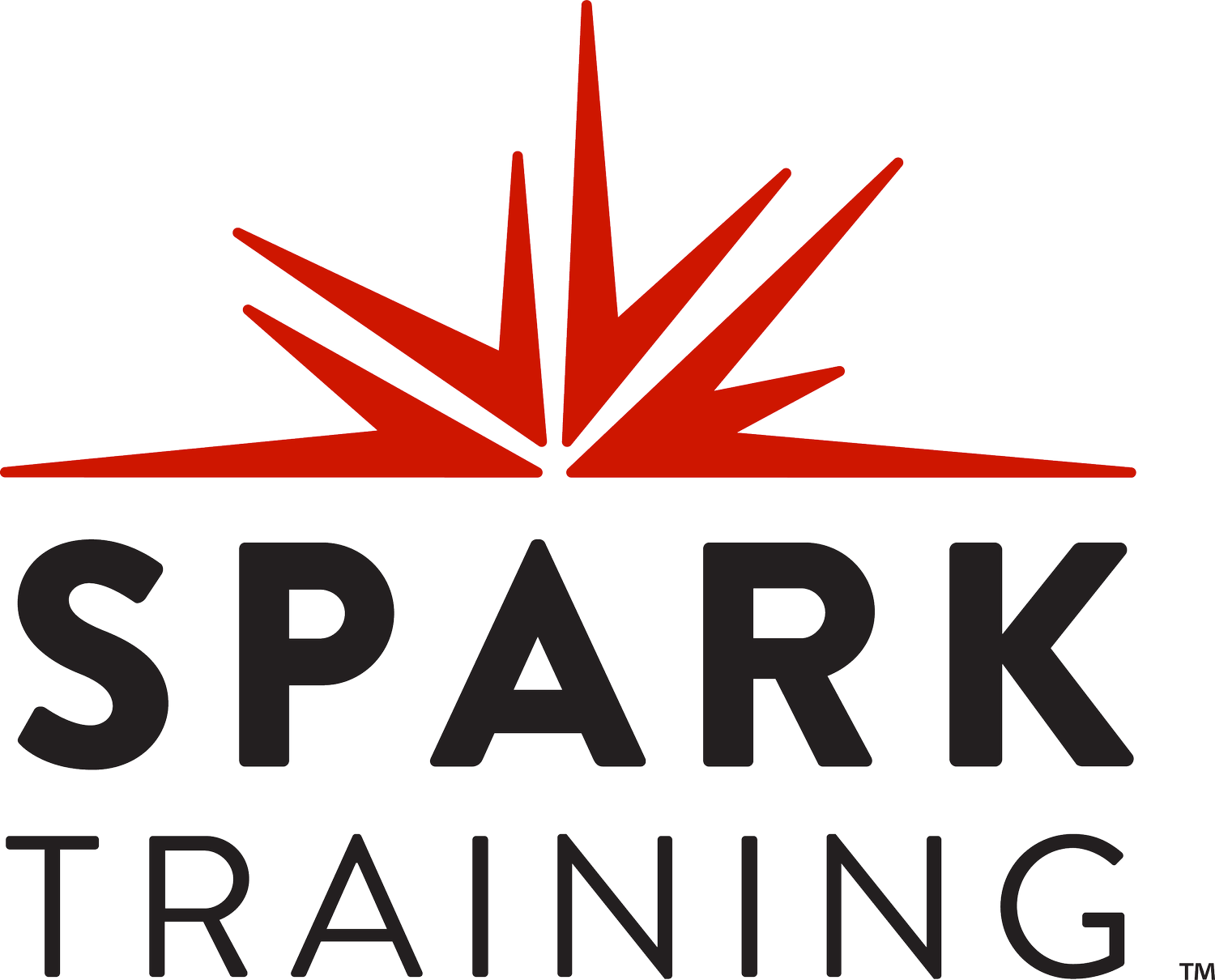Use Restraints Appropriately to Avoid Negative Outcomes
While the goal is voluntary compliance of detainees in a jail, some behaviors may warrant the use of short-term restraint to maintain safety and security if other de-escalation techniques are not successful. Common types of restraints used in the jail environment include handcuffs, shackles, belly chains, ankle straps, restraint chairs, and/or restraint boards.
Restraints used for an extended period without medical oversight or as a form of punishment may result in negative outcomes for the detainee – up to and including death. The use of restraints has been identified as one of the leading causes of lawsuits in corrections.¹
Release from restraint as soon as possible
You should have a plan that includes medical for behavior that is not successfully managed by short-term restraint. Detainees who are being seen and treated as a security threat may be suffering from a medical crisis. Further, the longer a detainee is restrained, the more likely they are to suffer a health complication and potentially develop a medical condition.
Medical should be involved in policy development to ensure that medical personnel are informed when a detainee is restrained. This should include monitoring of the detainee for negative side effects from restraint. Having a restraint policy and supportive training may help decrease the likelihood of a poor outcome. As a general rule, release detainees from restraints as soon as possible.
Record vitals after restraint
While use of force is a relatively common training topic, training should also include information on the potential medical and mental health side effects of restraint. Physical restraints should be used appropriately and under continuous observation to prevent physical and mental health issues.
When a detainee is restrained, officers should exercise a high level of suspicion for medical issues where emergency medical attention may be appropriate. On-site medical or officers should record detainee vitals after restraint is used to monitor health. Alert the medical team of potential health issues that may arise from restraint. Examples of physical concerns that may arise from restraint include…
Cuts or bruises
Weakened muscles
Limb or nerve injury
Strangulation
Death
Mental health issues that may arise from restraint include…
Increased agitation
Depression/anxiety
Aggression
Loss of memory
PTSD
As a general rule, record vitals after restraint.
For more information, please contact training@sparktraining.us.
1. Koh, Steven (2023). Policing & The Problem of Physical Restraint. Boston University School of Law. https://scholarship.law.bu.edu/cgi/viewcontent.cgi?article=4405&context=faculty_scholarship.
Disclaimer
All materials have been prepared for general information purposes only. The information presented should be treated as guidelines, not rules. The information presented is not intended to establish a standard of medical care and is not a substitute for common sense. The information presented is not legal advice, is not to be acted on as such, may not be current, and is subject to change without notice. Each situation should be addressed on a case-by-case basis. When in doubt, send them out!®






















